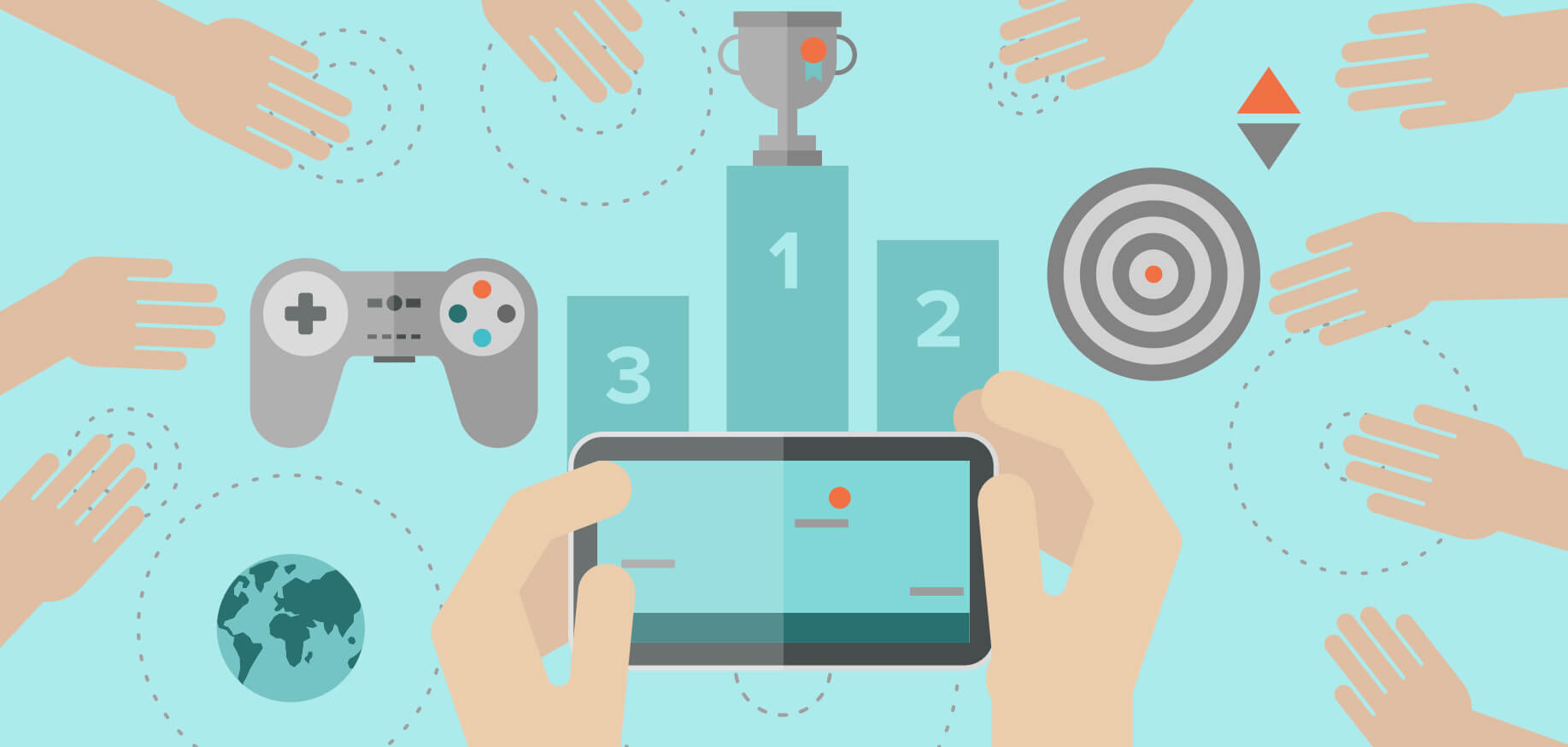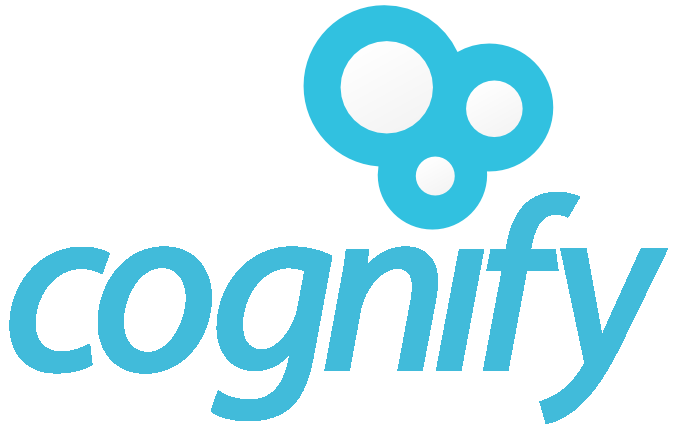
Gamification = Human-Focused = Serious Fun
An average individual has just 621,000 hours in their lifetime. 15% of those will be spent at work – quite a scary thought. Therefore it makes sense that when you spend that many hours in the workplace, some of it should be enjoyable, even fun!
Even popular author, Roald Dahl, wrote “Life is more fun if you play games” and who are we to argue with that. Games tap into motivations such as progression, having a purpose and social interaction; releasing endorphins into our system ensuring we are not only having fun, but we are also happy and engaged with the activity.
This is why games and learning are natural bedfellows. In the workplace we want to be entertained, informed, to empathise and sympathise and games provide us with the perfect avenue to do so.
However gamification is far more than implementing an eLearning module with scenarios, characters and rewards. Or pulling out a board game in the middle of a training session. True gamification identifies a clear business objective and then uses a deep understanding of human behaviour to create long-term change through the application of game mechanics.
These mechanics, including progression bars, quests, leadership boards and fast feedback, are applied to work-related activities – such as learning new product features, compliance requirements or soft skills development –to intrigue and inspire employees to complete an exercise which may ordinarily be seen as ‘tick-box’ or an obligation.
It can also be used to reward employees for things they already do, such as serving customers, travelling for work or performance appraisal completions. For example, one point awarded per customer served. These are tallied on a company leadership board; recognising those who are excelling in the activity. This recognition sparks friendly competition and encourages employees to continue to do good work.
When you make the journey enjoyable, people don’t mind completing the learning, process or exercise – they are captured by fun. This is why companies who use gamification in their organisations not only see take-up increase by up to 68%, they also witness results such as reducing onboarding time by 90%, improving retention of top talent by 78%, enhancing employee skills by more than 70% and experiencing revenue growth twice as fast as their non-gamified counterparts (NICE Systems, 2013)
If you want to know how to gamify your workplace, take a look at here. Or drop Tim a line at [email protected]
